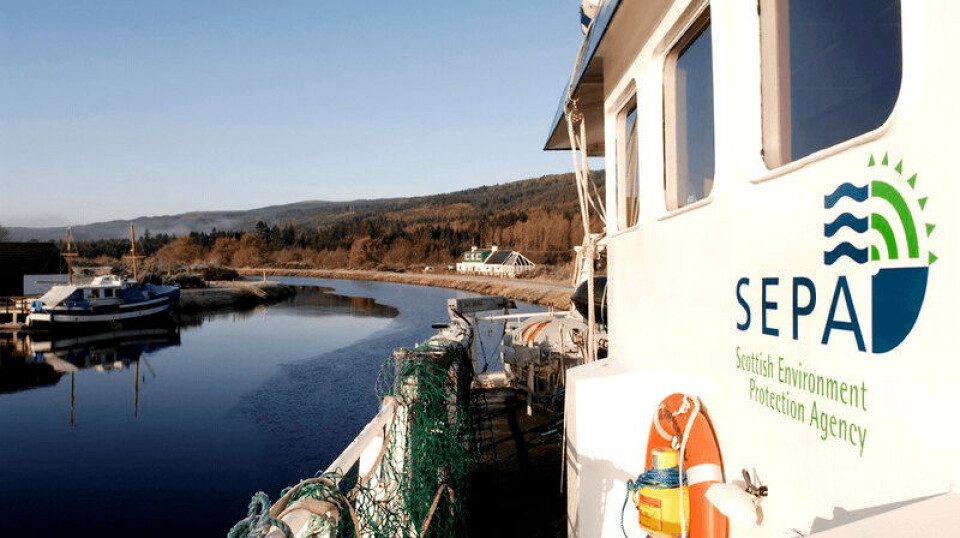
Sea lice risk framework named as a priority for environment watchdog
Salmon farmers want more details on plan they claim places undue reliance of modelling
Scotland’s salmon farmers are awaiting more information after the Scottish Environment Protection Agency (SEPA) today announced that implementation of its new sea lice risk assessment framework was a priority for 2023-24.
SEPA is proposing seasonal wild salmon protection zones to safeguard migrating smolts from sea lice believed by some to spread from fish farms.
Salmon Scotland, which represents fish farmers and other actors linked to the sector, has questioned the premise that the framework is based on and warned that it will result in a de facto moratorium on farm development on the west coast of Scotland and Western Isles.
In its response to a SEPA consultation about the plan, Salmon Scotland wrote that the framework places undue reliance on a proposed modelling framework and does not acknowledge areas of uncertainty, and their impact on the wider risk assessment process.
We believe it is not possible to validate the proposed framework and that it is not acceptable to regulate a sector when the effectiveness of regulation cannot be determined
Salmon Scotland response to SEPA consultation
“We believe it is not possible to validate the proposed framework and that it is not acceptable to regulate a sector when the effectiveness of regulation cannot be determined,” Salmon Scotland wrote.
It also claimed that the proposed framework will have significant negative impacts on farmed fish welfare, which do not appear to have been considered by SEPA.
Responding to today’s inclusion of the framework in SEPA’s priority list, a Salmon Scotland spokesperson said: “We await details of these proposals, and we are meeting with Scottish ministers next week.
“Sea lice occur naturally and equally affect wild and farm-raised fish populations, but because we look after our fish, we can remove sea lice and keep levels low.
“SEPA itself has confirmed in evidence to the Scottish Parliament that sea lice from salmon farming is not responsible for the decline of wild fish stocks.”
A second SEPA consultation on the framework is expected soon.
Under SEPA’s proposal, permits for all existing farms that it says can contribute to infective-stage sea lice in the proposed wild salmon protection zones would be changed to enable inclusion of conditions that:
- appropriately control the factors determining the number of juvenile sea lice emanating from the farms so that those numbers cannot significantly increase without prior authorisation.
- require sufficient information to be provided about the operation of the farms to enable calculation of the number of juvenile lice hatching from lice on the farms’ fish and the resulting infective-stage sea lice concentrations in wild salmon protection zones. SEPA said this is needed to assess the additive effect of a development proposal on infective-stage lice densities in the protection zones.






















































